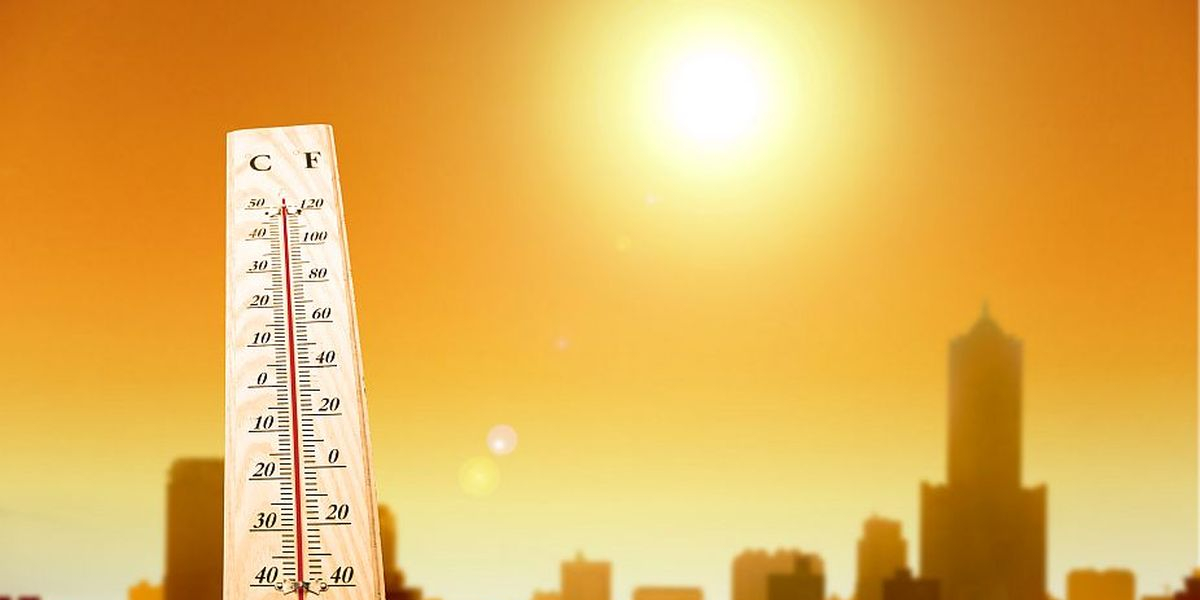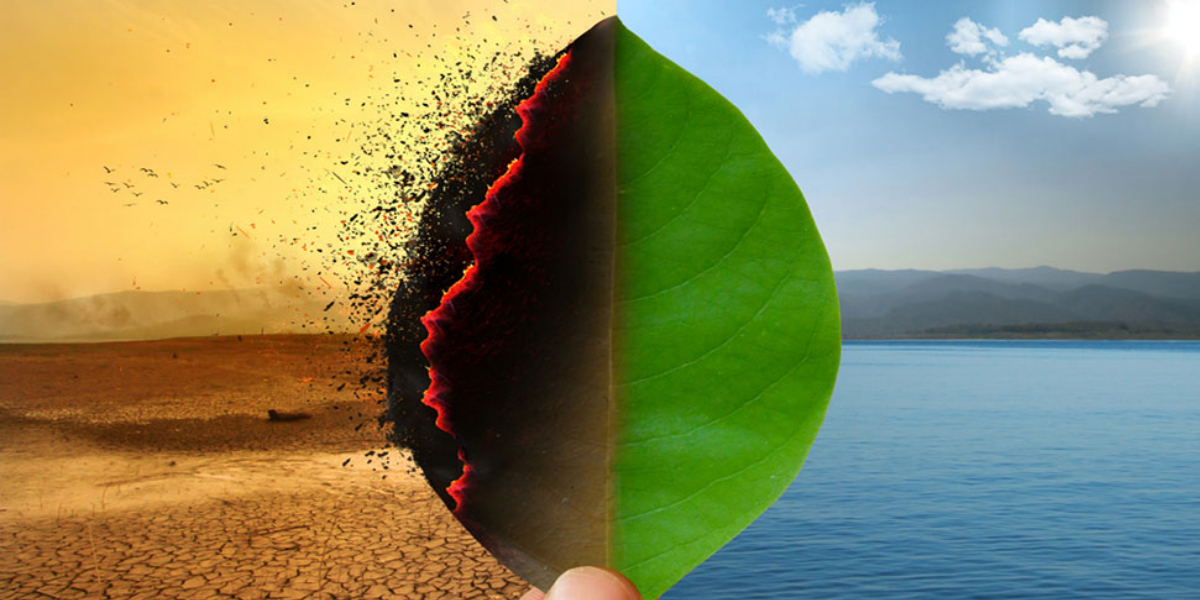According to the European Union’s climate monitoring service, Europe had record-breaking extreme weather in 2021, including the hottest day and the warmest summer on record, as well as devastating wildfires and flooding.
The Copernicus Climate Change Service (C3S) said that while the Earth’s surface was nearly 1.2 degrees Celsius warmer than pre-industrial levels last year, Europe saw an average increase of more than two degrees, a threshold beyond which dangerous extreme weather events become more likely and intense.
The hottest summer on record saw a weeks-long heatwave along the Mediterranean coast, as well as Europe’s hottest day, a scorching 48.8°C (120°F) in Sicily.
High temperatures in Greece fueled catastrophic wildfires, which the prime minister called as the country’s “biggest ecological calamity in decades.”
Over 8,000 square kilometres of forest and dwellings were burned to the ground.
Meanwhile, a slow-moving low-pressure system over Germany set a new record for the most rain in a single day in mid-July.
Another unexpected meteorological extreme fueled the rain, with surface water temperatures in parts of the Baltic Sea more than 5 degrees Celsius above average.
“2021 was a year of extremes including the hottest summer in Europe, heatwaves in the Mediterranean, flooding and wind droughts in western Europe,” C3S director Carlo Buontempo said in a statement.
“This shows that the understanding of weather and climate extremes is becoming increasingly relevant for key sectors of society.”
[embedpost slug=”climate-change-where-do-the-major-parties-stand/”]


